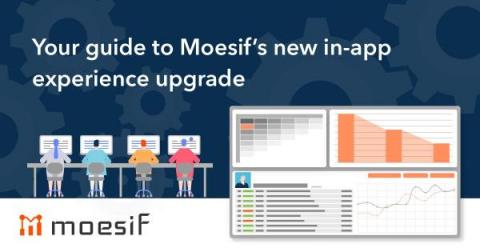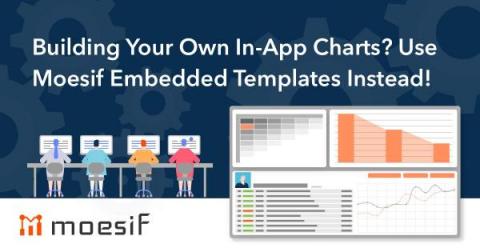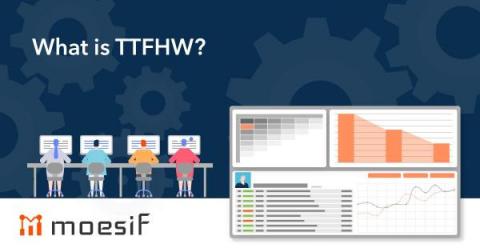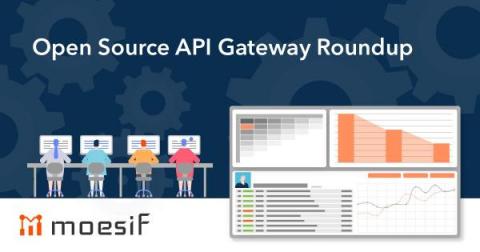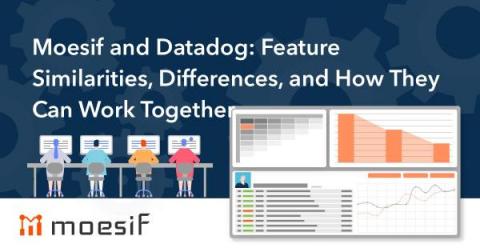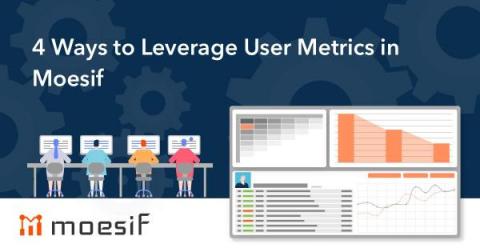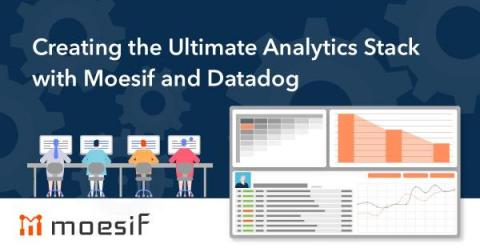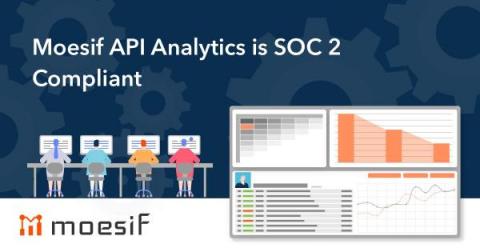Your guide to Moesif's new in-app experience upgrade
We have launched a redesign of Moesif’s in-app experience and it’s a big one! As part of our journey to give our users the best experience possible, we’ve streamlined our in-app navigation. This update makes it easier to find key features in Moesif and will hopefully allow even existing users to see some features they haven’t used before but may be useful. As with all changes, big and small, there may be a learning curve.


